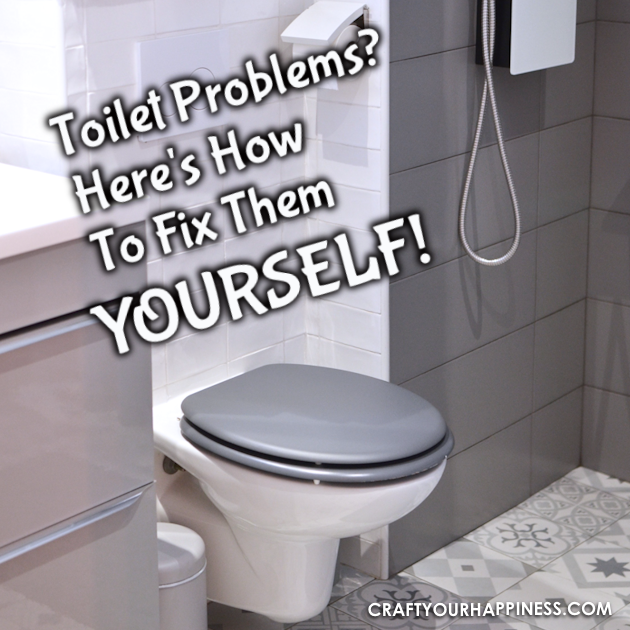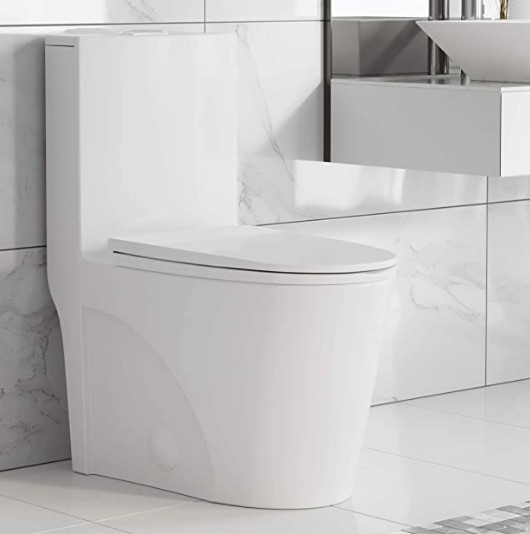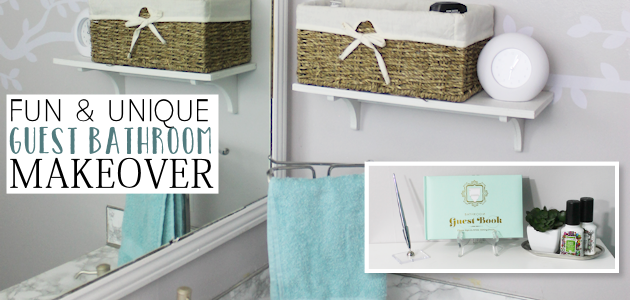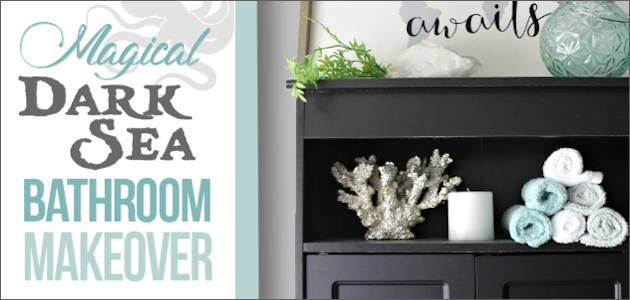 Photo by Skylar Kang from Pexels
Photo by Skylar Kang from Pexels
Have a plumbing problem, but hiring a plumber or professional costs too much? Thinking about doing it yourself but you’re not sure how? Don’t fret, because we are here to guide you on how to fix these toilet problems yourself! If you’d rather upgrade your toilet though, Victoria plum is the website for you.
How Is A Toilet Structured?
Before we begin talking about how to repair toilets, it is important to first understand your toilet to ensure that you are fully aware of what is going on. Here is an explanation for you:
When it comes to the toilet, it is made up of two components: the bowl and the upper tank. The bowl is the part that is attached to the floor while the tank is where you find your flush and it holds the water that is being used in the process of flushing. Repair problems usually do not involve the bowl, in fact, it is the tank that seems to be the troublemaker. This is mainly because there are two very important valves found on the tank and the handle that starts the action of flushing.
 Swiss Madison Well Made Forever SM-1T254 St. Tropez One Piece Toilet
Swiss Madison Well Made Forever SM-1T254 St. Tropez One Piece Toilet
The Tank
The purpose of the tank is to hold an amount of water that will be used whenever you flush your toilet. When this happens, the water will rush down through the opening at the bottom and then into the toilet bowl to help clear all the waste. As mentioned earlier, the tank is also home to the fill and flush valves that help to make this work.
Fill Valve
The fill valve helps to fill the tank back with water and is commonly found on the left of the toilet tank (view from a top-down position). So if your fill valve is broken or faulty, here is how you can fix it:
There are two types of fill valves – the plunger-type or the diaphragm type which can be easily identified by the float ball that controls the valve which is attached to the ball. The process of fixing this is very simple. All you would need to do is to bend the float arm up or down in order to change the angle from which the float ball stops the water supply. This problem can be detected when you notice that once you have flushed the toilet, the water continues to rush even after a period of time. This is because the water level in the tank is much too high. The action of bending or pushing the float arm down causes the water supply to be cut off. Do note that if this does not help stop the flow of water, it might be a sign to change your ballcock.
Flush Valve
Next, the flush valve. This is found at the centre of the tank and is made of either brass or plastic. It is a fitting that is attached to the opening at the bottom of the tank. How it operates is through a rubber or float ball. The bloat ball is located right next to the valve opening and it makes sure the water stays inside the tank until the flush handle has been used. Together with the flush valve is an overflow tube that goes into the tank from the bottom of the flush valve. What it does is to help stop water from overflowing the tank while allowing water to slowly flow into the tank whilst it is refilling. Whenever the tank is emptied, the flapper immediately falls back down to allow the tank to be once again refilled with water, ready for the next flush!

How to fix a running toilet?
A running toilet usually happens when the flapper is not in the correct position of the flush valve or when there is too much water in the tank is too high. Whenever any of these happen, the water level will be too high, resulting in an overflow. To fix this, all you would need to do is to adjust the water level according to your refill valve and replace the flapper valves which can be done very simply.
Is the flush handle loose?
No problem! All this requires is for you to reconnect the lift chain or the lift wire that is connected to the lift arm from the flapper. Next would be to calibrate the handle mounting nut that can be found inside the tank. You will find reverse threads that should be turned in a counterclockwise motion to tighten it up.
Clogged toilet?
This is one of the most common toilet problems you can find in the book. In many of such situations, there would be no need to engage a plumber at all. What you would need would simply be a specialised toilet plunger. This plunger has an internal cup that would be able to settle all your clogged problems. If you have a stubborn clog, you might need to get a special drain tool called a toilet auger.
Leaking toilet?
Most plumbing problems have to do with the tank, but this problem usually happens at the toilet base. You would notice that water is following out of the toilet bowl and all over the floor. If you notice a puddle, there is the possibility of the water being unclean and therefore you should try not to use the toilet till you have it fixed. To fix this, you would need to replace the wax rings that help to seal the base of the toilet. In order to do so, you would first need to remove the wax ring and then simply replace it. Though it may sound like quite a hassle it is in fact a very simple task to do.
Conclusion
Hopefully, this article has helped you to better understand the different parts of your toilet and how to go about fixing them. Though it might sound tiring and troublesome, the act of fixing your toilet yourself, especially with these common and small problems, would help you to save a lot of money on your end without having to engage a plumber. However, if the problem persists or you are confused, it would be good to engage professional help and perhaps watch them as they carry out their task so that you can better understand how to go about doing these simple tasks by yourself!
 Photo by Skylar Kang from Pexels
Photo by Skylar Kang from Pexels





